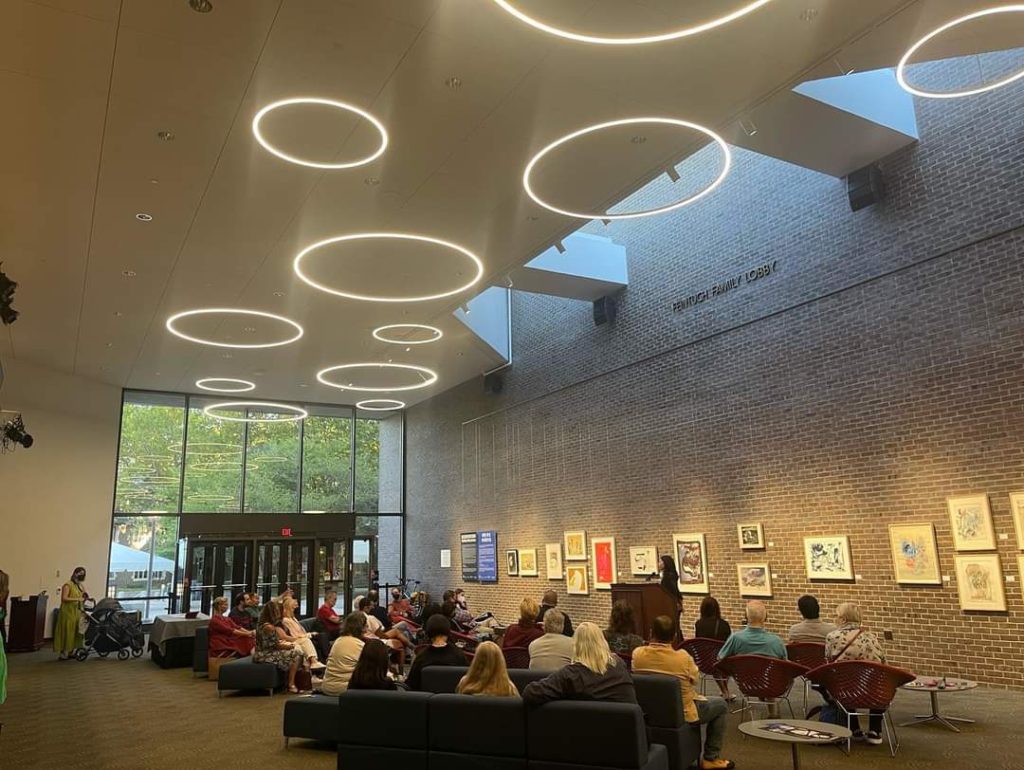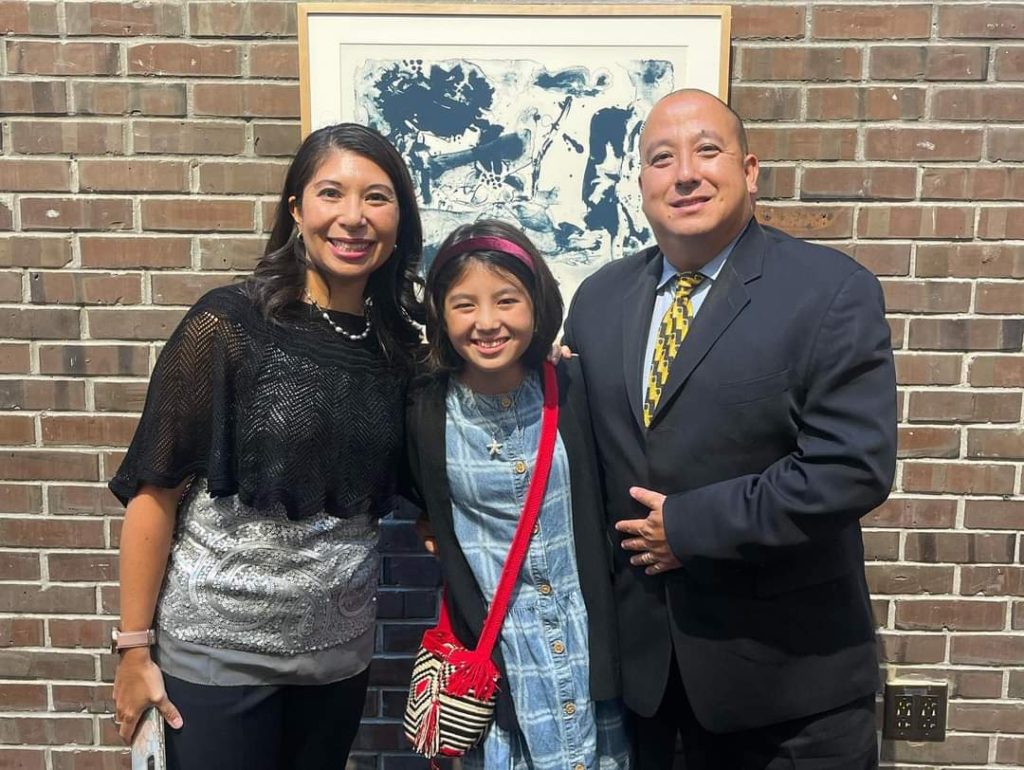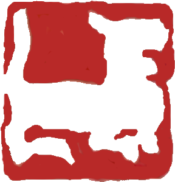
As a daughter of two artists, I have been trained to recognize beauty in this world and life. It’s in my DNA.
Last week, I was thrilled to share the beauty that grew up with at the opening reception of my late father’s work in EXCLUDED/INCLUSION: The Work of Chen Lok Lee. This project has been a labor of love, and one that I have been working on since my dad’s passing at the end of 2020 due to COVID-19.
This exhibit, now the second in our efforts, is a comprehensive overview of his work and life across three continents as a political refugee, artist and professor.
It took many hands and hearts to move us this far. We’re grateful for the generous support and partnership from the Sachs Program for Arts Innovation beginning last year when they funded the Chen Lok Lee Legacy Project through a special grant program designed to support Asian and Asian American and Pacific Islander artists. The support from Sachs was one of the major catalysts to propel us forward.
Most touching about the opening reception on Thursday, September 15, is that we were joined by long-time friends who knew my father and what he brought to this world as a human being, not only as an artist. I spoke to his qualities of generosity, kindness, thoughtfulness, patience and dedication. It was amazing that all those who knew him personally spoke up about his other endearing qualities, including an epic sense of humor and being “unforgettable”.
Here is a section of my remarks that I shared, explaining the title and aspirations behind it:
“I’ve titled this exhibit Excluded/Inclusion. I paused when trying to decide on the title, because exclusion is not a nice thing. It’s painful when we are excluded. It’s shameful when we are the ones doing the excluding. And yet, it is a part of America’s history and present, as we think about marginalization and excluded communities.
I was always inspired by my dad’s super power to turn experiences of discrimination, racism, and even exile, and made them empowering for himself and others around him.
He comforted others enough to help them feel acceptance, joy, belonging and inclusion through his own ease and comfort in cross-cultural exchange.
He did it by creating art, and supporting others to create it as well.
He did it by teaching others to find their voice and their confidence.
And he did it even when it was hard, and when he faced barriers as an immigrant, as a person of Asian descent, as a person of Chinese descent, as a person who learned English over the age of 30, as a person with little money.
But my father knew who he was and what he stood for. He knew the power that he had to accept and love others, and what a difference that would make.“
I look forward to continuing the conversation about how we can all do better at turning exclusion into inclusion over the course of the next nine months while this exhibit is on display, and beyond.

